Clinical Cell &
Gene Therapy
Clinical Cell Therapy
The Department of Cell and Molecular Therapies (CMT), Royal Prince Alfred Hospital, headed by Professor Rasko, is the leading centre-of-excellence for cell and gene therapy in NSW and one of the foremost centres in Australia. CMT has initiated and completed more than 30 cell and gene therapy clinical trials in the last 5 years.
Receipt of CAR-T cells for treating B-cell malignancies at CMT, RPAH. Pictured: Prof. John Rasko & Dr Zlatibor Velickovic
Examples of international multi-centre cell and gene therapy clinical trials that have been performed and completed at CMT can be found here.
AAV Factor IX for Haemophilia B - Manno et al Nature Medicine 2006
AAV Factor IX for Haemophilia B - Mingozzi et al Nature Medicine 2007
AAV hyperactive Factor IX for Haemophilia B - George et al NEJM 2017
Lentiglobin for β-Thalassemia - Thompson et al NEJM 2018
Tisagenlecleucel in adult diffuse large B-cell lymphoma - Schuster et al NEJM 2019
AAV Factor IX for Haemophilia B – 15 yr follow up - George et al Molecular Therapy 2020
AAV-mediated Gene Therapy
The process of AAV transduction
Dhungel B et al, Trends. Mol. Med. 2020
(click on image to enlarge)
The success of gene therapy can be attributed in part to the effectiveness of adeno-associated virus (AAV)-derived gene delivery vectors. Despite being the vector of choice for in vivo gene therapy, the mechanisms of cellular transduction of AAV is far from understood. We are interested in the molecular mechanisms of AAV transduction. AAV enters the cells via receptor-mediated endocytosis and makes its way towards the nucleus (see figure Dhungel B et al, Trends in Molecular Medicine 2020). AAV interacts with several host cellular proteins during the course of transduction and these interactions are key in determining the expression of therapeutic transgene. Our goal is to fill the existing gaps in our current understanding of AAV transduction. By doing so, we aim to devise novel strategies to enhance AAV-based clinical gene therapy.
Watch this video by Dr. Bijay Dhungel in which he explains the process of AAV transduction
Projects
Identification of novel host factors involved in AAV transduction
Workflow of CRISPR-based genome-wide screens to identify host determinants of AAV transduction
Recent studies have demonstrated the value of genome-wide screens in identifying important host factors involved in the transduction process (Pillay et al. 2016, Nature; Dudek et al. 2018 Mol Ther; Madigan et al. JVI 2019). In this project, we are using CRISPR-based genome-editing tools to identify cell-type specific novel host determinants of AAV transduction.
Characterisation of novel AAV host entry factors for gene therapy
Post-translational modifications occurring in KIAA0319L
AAV is widely used as a gene delivery vector for corrective gene therapies. AAV-based therapies have achieved efficacy in a range of genetic diseases, however issues with host immune response or toxicities at high vector doses have emerged. Our research focuses on modulating cellular host factors to improve AAV gene therapy efficacy at a lower vector dose. This project focuses on the essential AAV host entry factor KIAA0319L and its binding partners by using molecular, genetic and proteomics approaches to understand their role in AAV uptake. We are investigating the exact role that KIAA0319L plays in the entry of AAV. We are examining whether different post-translation modifications (PTMs) and subsequent mutations mimicking these PTMs within KIAA0319L have an effect on AAV transduction.
Modulation of AAV host factors to enhance gene transfer
Despite the success of AAV-based vectors for therapeutic gene transfer, several limitations exist. These limitations include lower transduction rates and requirement of a high vector dose which may lead to unwanted immune response. We aim to leverage the current knowledge of AAV transduction to circumvent these limitations. We hypothesise that altering the expression levels of important AAV host factors allows a controlled AAV transduction. For proof-of-principle studies, we are currently exploiting CRISPR-based knockout and activation of selected host factors. These studies are complemented with shRNA-mediated knockdown and overexpression studies.




